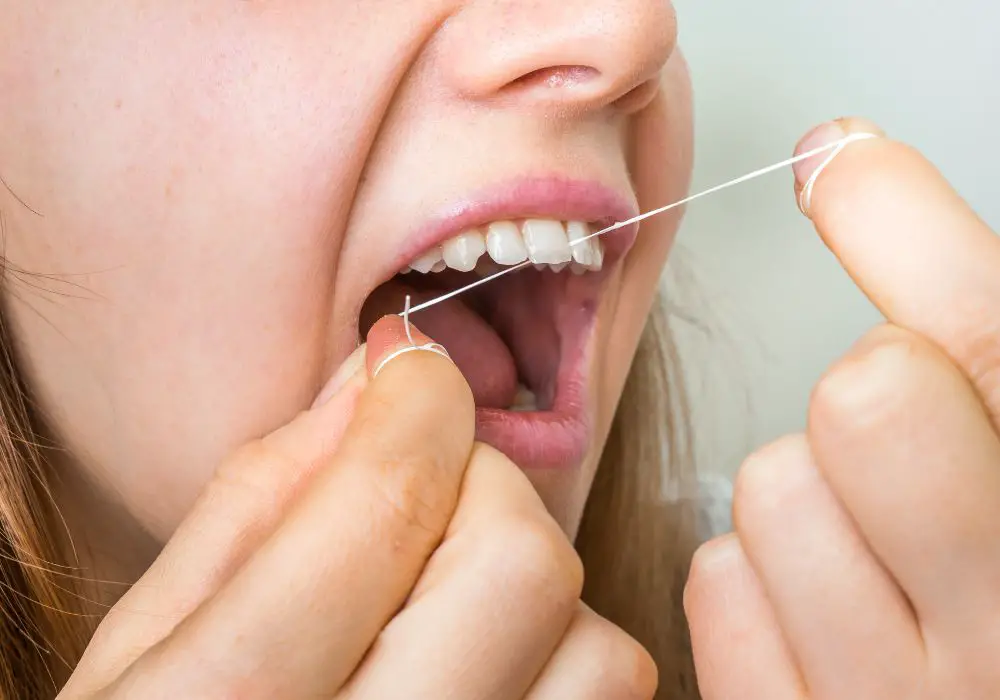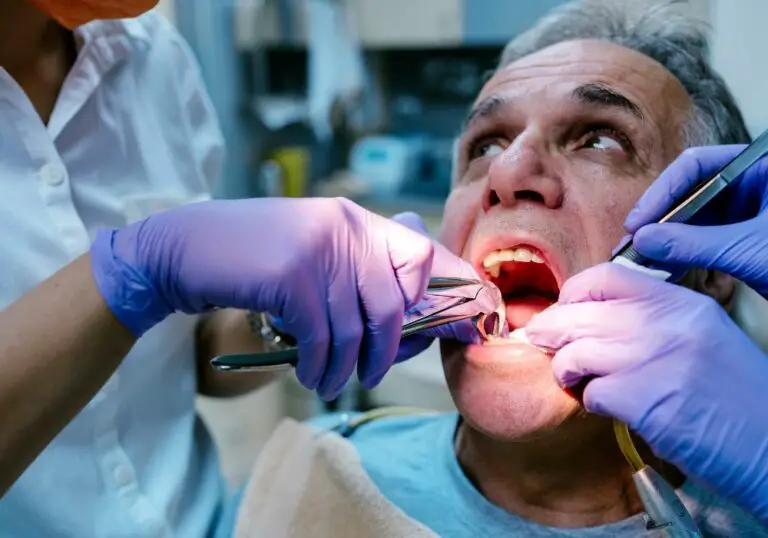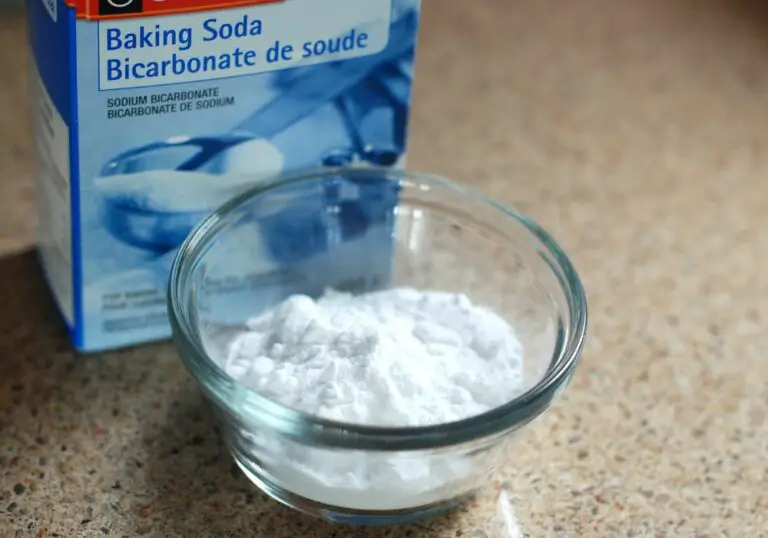The Complex Anatomy of Back Teeth
The back teeth, which include the premolars and molars, have a more complex anatomy compared to the front teeth. This intricate structure is designed to aid in the grinding and chewing of food, but also creates many nooks and crannies where food and floss can get trapped.
Tight Contacts

The premolars and molars in the back of the mouth generally have much tighter contacts with less space between them than the front teeth. This leaves very little room for floss to cleanly pass through. Even unwaxed floss has trouble sliding smoothly between such narrow spaces. This tight architecture causes the floss to scrape along the edges of the teeth, resulting in it getting wedged tightly between them.
Bumps, Grooves, and Depressions
The occlusal or chewing surfaces of the back teeth are not flat. They have many pits, grooves, and bumps that serve to help break down food as we chew. All these surface features create extra obstacles for floss to maneuver around. The floss has to curve around each bump and into every valley on the chewing surface. More opportunities to snag also mean more chances of the floss getting stuck between teeth.
Multiple Roots
Back teeth generally have more roots than front teeth for added stability. Upper molars have three distinct roots while lower molars have two or three roots depending on the specific tooth. Lower premolars often have two roots. All these extra roots translate into more nooks and crannies between the roots that floss has to navigate. More roots also means a greater surface area for the floss to potentially get snagged around a root edge.
Wider Teeth
In addition to more complex surfaces, back teeth are also wider than front teeth. Their greater mesial-distal diameter provides a larger side surface area for the floss to drag across as it passes between teeth. More space equals more chances of the floss catching on tiny ledges or imperfections.
Angulation of Teeth
The premolars and molars are not perfectly vertical. They tilt or angle slightly in various directions. This angulation means that the contact point between teeth is often not directly facing the opening between teeth that you are flossing through. The floss has to bend and wedge through at an angle, which can result in it binding up.
Plaque and Calculus Buildup

Perhaps the most common reason that floss gets stuck in the back teeth is due to a buildup of plaque and calculus.
Plaque is a sticky biofilm of bacteria that constantly forms on our teeth. When plaque hardens into calculus or tartar, it forms bumps and ledges that make flossing more difficult. This mineralized buildup also narrows the space between teeth even further.
Floss scrapes and bumps over the rough texture of calculus, which causes it to get wedged into the plaque-filled grooves.
Plaque and calculus generally accumulate more in the back of the mouth, where it is harder to keep surfaces clean. The rougher chewing surfaces and tight contacts of molars and premolars also encourage more buildup.
Neglecting to floss or not getting regular dental cleanings allows calculus deposits to proliferate in the back teeth.
Incorrect Flossing Technique
Many people simply do not floss their back teeth properly. Using incorrect technique is a prime reason that floss gets stuck.
Common flossing mistakes include:
- Flossing with too much vigor and speed rather than gently easing the floss between teeth. The friction causes it to bind.
- Not using a slow sawing motion to work the floss down between tight contacts. Trying to snap the floss down will wedge it.
- Pulling the floss too far through the contact before curving it around the tooth. This jams it tightly between teeth.
- Forgetting to curve the floss around the exterior surface of each tooth to dislodge plaque.
- Holding the floss perpendicular to the teeth rather than turned at an angle following the contact point.
- Not adjusting the angle or position of fingers as you switch to the back teeth.
Many people never learned proper flossing methods or have difficulty seeing the back teeth while flossing. Trying to rush through flossing can also lead to sloppy technique.
Taking the time to use correct flossing methods makes a big difference in avoiding stuck floss.
Solutions and Prevention

Here are some tips to prevent getting floss trapped between back teeth:
- Use unwaxed floss, which slides between tight spaces better than waxed varieties. The wax coating causes more friction.
- Look carefully in a mirror while flossing back teeth to ensure you are using proper technique and angle.
- Gently saw the floss back and forth 3-4 times instead of harshly snapping it down once.
- As you near the gumline, release pressure on the floss to allow it to curve around the tooth unhindered.
- Consider using a floss threader if you have very tight contact points. This tool slides the floss through the space with less friction.
- Have your dentist thoroughly clean off any built-up calculus deposits to open up space between back teeth that may be obstructed.
- Use an oral irrigator that uses water pressure to flush out plaque between teeth rather than floss rubbing against teeth.
- Switch to a single-tufted brush, proxybrush, or interdental brush to mechanically clean between back teeth instead of floss.
Practicing patience and using appropriate flossing tools can help minimize how often floss gets stuck in back teeth. Taking good care of your teeth between dental visits will also prevent buildup.
See your dentist promptly if floss continues to get stuck in a particular area after trying these tips. There may be an issue that needs professional correction like an overhang of a filling or dental work that needs adjustment. Do not forcibly snap stuck floss out as this can damage teeth.
With time and the right techniques, flossing back teeth can become quick and easy. Consistent flossing will lead to cleaner teeth that require less effort to floss.
Frequently Asked Questions About Floss Getting Stuck
Why is flossing my back teeth so frustrating?
The anatomy of back teeth, with tighter contacts, grooves, multiple roots, etc. makes them harder to floss. Buildup of plaque and calculus also causes problems. Improper flossing technique leads to stuck floss too.
What should I do if my floss gets wedged tightly between teeth?
Don’t panic or snap the floss out. Carefully pull it out using a gentle sawing motion while releasing pressure on the floss. If it won’t budge, ask your dentist for help removing it properly.
Can I just avoid flossing certain problem teeth in the back?
You should try to floss all your teeth, even if the back ones are tricky. Not flossing certain teeth allows more plaque buildup in hard to clean spots. Use flossing aids if needed.
How can I tell if my flossing technique needs improvement?
If you regularly get floss stuck in the same spots, it generally indicates your technique needs work. Look closely in a mirror and watch flossing technique videos to see where you may be going wrong.
Should I see my dentist if my floss gets stuck every time I floss?
Yes, constantly getting floss stuck likely signals a specific dental issue that needs professional attention. Plaque/calculus buildup, improperly contoured fillings, or abnormal contacts between teeth may need correcting.






